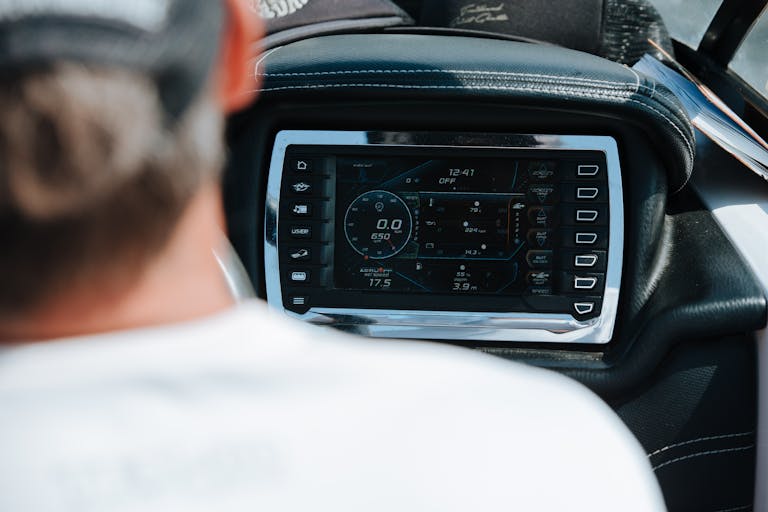A reliable battery is crucial for the proper functioning of your boat’s electrical systems. Knowing the signs that your boat battery needs replacement helps prevent unexpected failures. Here are the key indicators that your boat battery may need to be replaced.
1. Difficulty Starting the Engine
- Slow Crank: If the engine cranks slowly or struggles to start, the battery may be losing its ability to hold a charge.
- No Crank: A completely dead battery may result in no crank or a clicking sound when trying to start the engine.
2. Low Voltage Readings
- Resting Voltage: Check the battery’s resting voltage with a multimeter. A fully charged battery should read around 12.6 volts or higher. A reading below 12.4 volts may indicate a failing battery.
- Load Test: Perform a load test to check the battery’s performance under load. Significant voltage drops during the test suggest the battery cannot sustain power.
3. Frequent Recharging
- Constant Charging: If you find yourself frequently needing to recharge the battery, it may no longer hold a charge efficiently.
- Short Discharge Times: A battery that discharges quickly after charging is a sign of diminished capacity.
4. Corrosion on Terminals
- Excessive Corrosion: Significant corrosion on the battery terminals may indicate a leaking or deteriorating battery. Clean the terminals and monitor if corrosion returns quickly.
- Leaking: Visible leaks or swelling of the battery case are signs of internal damage and warrant immediate replacement.
5. Age of the Battery
- Lifespan: Most marine batteries have a lifespan of 3-5 years. If your battery is approaching or beyond this age, it’s a good idea to consider replacing it proactively.
- Manufacture Date: Check the date code on the battery. Batteries typically last longer if stored properly but degrade over time even if unused.
6. Reduced Capacity
- Diminished Performance: If electronic devices on the boat are not performing as well as they should or if there are frequent power outages, the battery may not be delivering adequate power.
- Lighting Issues: Dimming or flickering lights when running multiple devices can indicate a weakening battery.
7. Physical Signs of Damage
- Swelling or Bulging: A swollen or bulging battery case indicates internal damage and potential failure.
- Cracks or Leaks: Any physical damage, such as cracks or leaks in the battery case, is a sign that the battery needs to be replaced immediately.
8. Unusual Odors
- Sulfur Smell: A rotten egg or sulfur smell can indicate leaking battery acid or internal failure.
- Overheating: Excessive heat during charging or use may signal that the battery is failing and could be dangerous.
9. Inconsistent Performance
- Erratic Behavior: Inconsistent starting, fluctuating voltage readings, or unreliable operation of electrical systems may indicate a failing battery.
10. Monitoring Systems
- Battery Monitor: Use a battery monitoring system to track the health and performance of your battery. Alerts from these systems can provide early warnings of battery issues.
Regularly inspecting your boat’s battery and paying attention to these signs will help you identify when it’s time to replace the battery, ensuring reliable performance and preventing potential failures on the water.



